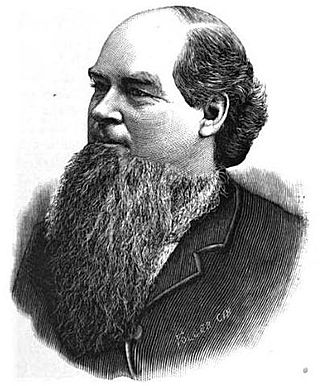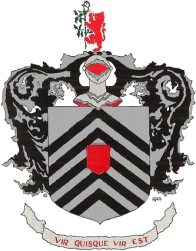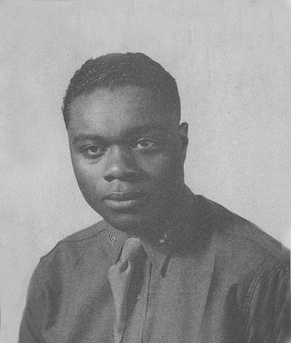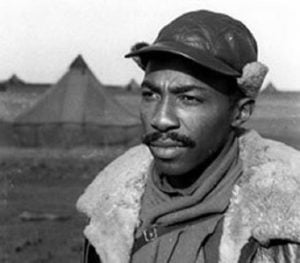
Phi Kappa Psi (ΦΚΨ), commonly known as Phi Psi, is an American collegiate social fraternity that was founded at Jefferson College in Canonsburg, Pennsylvania in 1852. The fraternity has over ninety chapters at accredited four-year colleges and universities throughout the United States. More than 179,000 men have been initiated into Phi Kappa Psi since its founding. Phi Kappa Psi and Phi Gamma Delta, both founded at the same college, form the Jefferson Duo.

Kingsley Arter Taft was an American politician and distant relative of Ohio's more famous Taft family. He served as chief justice of the Ohio Supreme Court and also served briefly as a United States senator. Kingsley's father, Frederick Lovett Taft, II was also a noted figure in the Ohio legal profession.

Charles Page Thomas Moore was a lawyer and justice of the West Virginia Supreme Court of Appeals, who before the American Civil War had helped found the Phi Kappa Psi fraternity in 1852 at Jefferson College in Canonsburg, Pennsylvania.

Kappa Psi Pharmaceutical Fraternity, Incorporated (ΚΨ) is the largest professional pharmaceutical fraternity in the world with more than 6,000 student members and more than 87,000 alumni members. It was founded in 1879 at Russell Military Academy in New Haven, Connecticut as the Society of Kappa Psi.

Theta Kappa Nu (ΘΚΝ) fraternity was an American national collegiate fraternity founded in 1924 by delegates from eleven local fraternities. It merged with Lambda Chi Alpha in 1939.
The Mother of Fraternities usually refers to Union College or Miami University, both of which founded many early collegiate fraternities.
David Rex Holsinger is an American composer and conductor writing primarily for concert band. Holsinger is a graduate of Hardin-Central High School in Hardin, Missouri, Central Methodist University, the University of Central Missouri, and the University of Kansas.

Robert William Sennewald was a United States Army general.

Phi Beta Pi (ΦΒΠ) is an American professional fraternity for medical students that was founded in 1891 at the West Pennsylvania Medical College. Currently, the fraternity operates as a local fraterenity at the University of Texas Medical Branch.
Colonel Truman W. "Tru" Crawford (USMC) was a music arranger, composer, and conductor for drum and bugle corps. He was the long-time commander and director of "The Commandant's Own," the United States Marine Drum and Bugle Corps after having previously served as musical director of the United States Air Force Drum and Bugle Corps.

Clarence D. "Lucky" Lester was an American fighter pilot who served in the 332nd Fighter Group, commonly known as the Tuskegee Airmen, during World War II. He was one of the first African-American military aviators in the United States Army Air Corps, the United States Army Air Forces and later the United States Air Force.

Clarence Clifford “Jamie” Jamison was a U.S. Army Air Force officer and combat fighter pilot with the 332nd Fighter Group's 99th Fighter Squadron, best known as the all-African American Tuskegee Airmen, "Red Tails," or “Schwarze Vogelmenschen” among enemy German pilots.

George Levi Knox II was a U.S. Army Air Force/U.S. Air Force officer, combat fighter pilot and Adjutant with the all-African American 332nd Fighter Group's 100th Fighter Squadron, best known as the Tuskegee Airmen. One of the 1,007 documented Tuskegee Airmen Pilots, he was a member of the Tuskegee Airmen's third-ever aviation cadet class, and one of the first twelve African Americans to become combat fighter pilots. He was the second Indiana native to graduate from the Tuskegee Advanced Flying School (TAFS).
Willie Lee Ashley Jr. was a U.S. Army Air Force officer and combat fighter pilot with the 332nd Fighter Group's 99th Fighter Squadron, best known as the Tuskegee Airmen.










